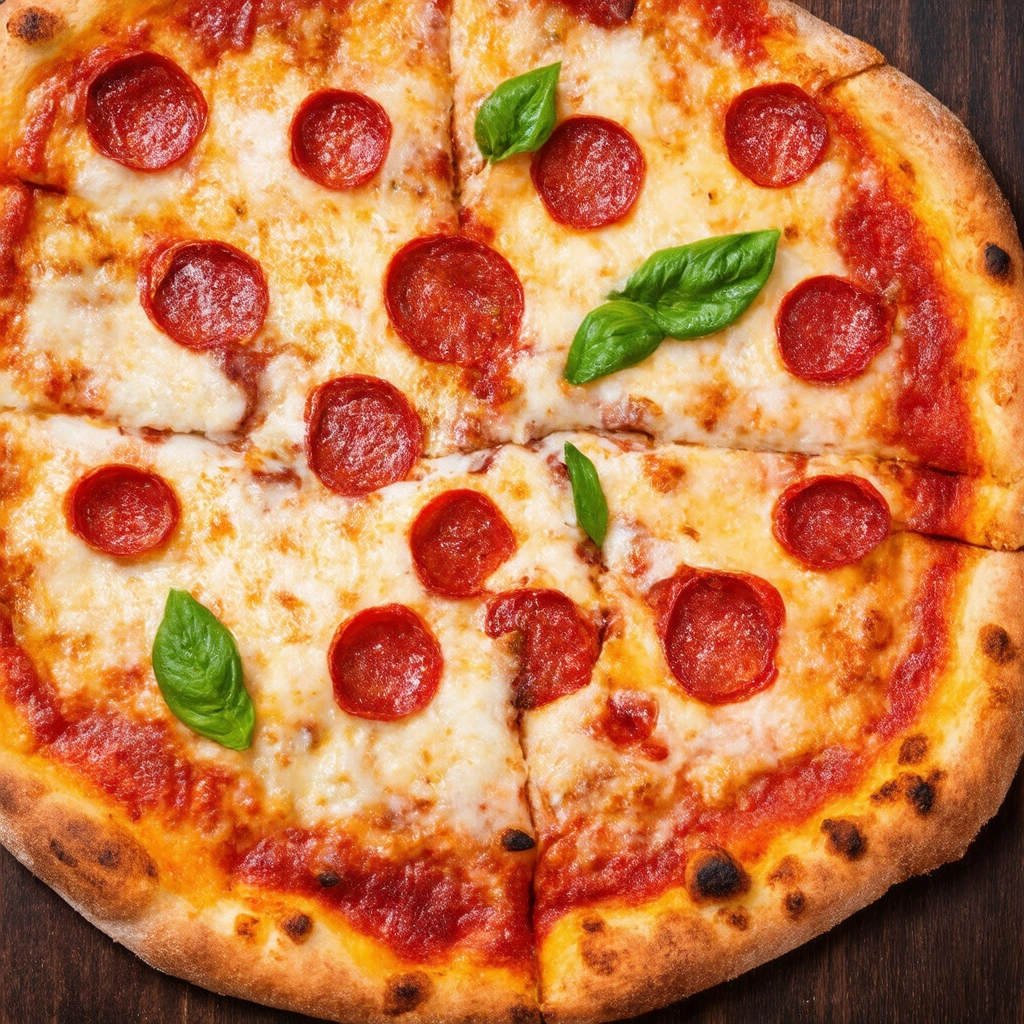Picture-Perfect Food: A Guide to Mouthwatering Food Photography
Food photography is more than just pointing a camera at a plate and pressing a button. It is an art that requires creative decisions to produce an effective image. Whether you're a food blogger, home cook, or professional chef, capturing the beauty and deliciousness of food in photographs is a rewarding skill.
Essential Elements of Food Photography
- Love of food – Having a passion for food is key to creating great food images.
- Vision – Develop a vision for how you want your photos to look.
- Patience – Achieving your vision takes time and effort, so be patient with yourself.
- Practice – Regular practice is essential, even without assignments.
Essential Techniques
Lighting
- Texture – Use light and shadow to highlight the texture of the food, making it look more desirable. Side lighting and backlighting can be particularly effective for showcasing textures.
- Direction – Pay attention to the direction of light (front, side, or back) to emphasize the important details of the food.
- Quality – Use high-quality lighting to ensure a beautiful photograph.
- Backlight – Backlight is often considered the best light for food photography.
- Highlights – Be careful not to overexpose the image and lose detail in the highlights.
Composition
- Angles – Experiment with different camera angles to transform a regular dish into something spectacular.
- Flat lay – Capture a bird’s-eye view to highlight patterns and the arrangement of ingredients.
- Straight-on – Shooting straight on can create a monumental and dramatic effect.
- Rule of thirds – Position the main focal point on a "third-line" in the frame to balance the image.
- Perspective – Add your own vision and style to a photograph through unique points of view.
Styling
- Presentation – Style food in a way that captures its flavors, aromas, and textures.
- Freshness – Use fresh ingredients to achieve a high-quality look.
- Camera perspective – Style the food from the camera’s perspective to ensure the best presentation.
- Authenticity – Keep it real by including a few crumbs or drips to make the food look more natural and attainable.
Camera Settings
- Aperture – Control depth of field by adjusting the aperture.
- Shutter Speed – Use a shutter speed of 1/125th of a second or higher to avoid camera shake when hand-holding the camera.
- ISO – Be aware of the ISO setting, as higher ISO values can introduce noise.
- White Balance – Use proper white balance to ensure accurate colors in your photos.
Storytelling
- Visual Narrative – Consider the story you want to tell with your images.
- Cultural Sensitivity – Pay attention to cultural cues in plating, props, and framing.
- Seasonality – Choose a color palette that complements the seasonality of the dish.
Gear Recommendations
- Camera – You don’t need a fancy camera to take good food photos. Phone cameras, point-and-shoot cameras, DSLRs, and mirrorless cameras can all be effective.
- Lenses – The choice of lens and focal length is an important tool in food photography.
- Tripod – A tripod is essential for steady shots, especially in low light.
- Lighting Equipment – Proper lighting equipment can significantly improve your photos.
- Accessories – Additional accessories such as reflectors and diffusers can enhance lighting and composition.
Post-Processing Tips
- Shoot in RAW – Shooting in RAW format allows more flexibility when editing.
- Keep it clean – Aim for a clean and simple composition to enhance the focus on food.
- Sharpening – Use sharpening tools to enhance details and texture.
- Color Correction – Adjust white balance and colors to achieve a natural look.
Finding Inspiration and Building a Community
- Experimentation – Try different styles and techniques to uncover your unique voice.
- Online Communities – Share your work online and connect with other food photographers.
- Social Media – Use platforms like Instagram to showcase your work and find inspiration.
- Cookbooks and Magazines – Study food photography in books and magazines to develop your critical eye.
Common Mistakes to Avoid
- Using a camera-mounted flash – Flash can create harsh highlights and remove depth from the image.
- Overprocessing – Avoid excessive editing that makes food look unnatural.
- Inconsistency – Maintain a consistent quality and style in your posts on social media.
By following these guidelines and practicing consistently, you can elevate your food photography and create images that are truly picture-perfect.

